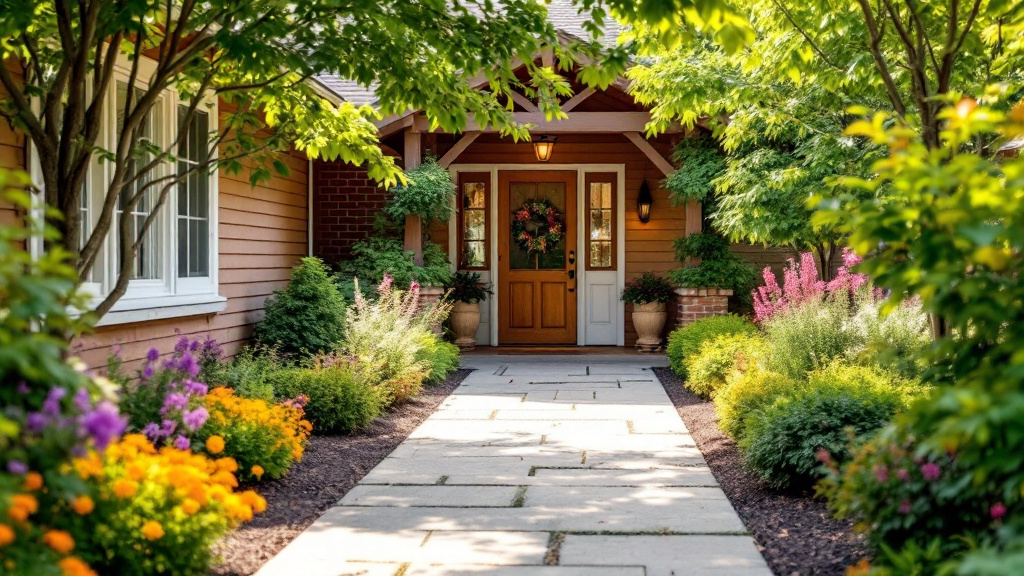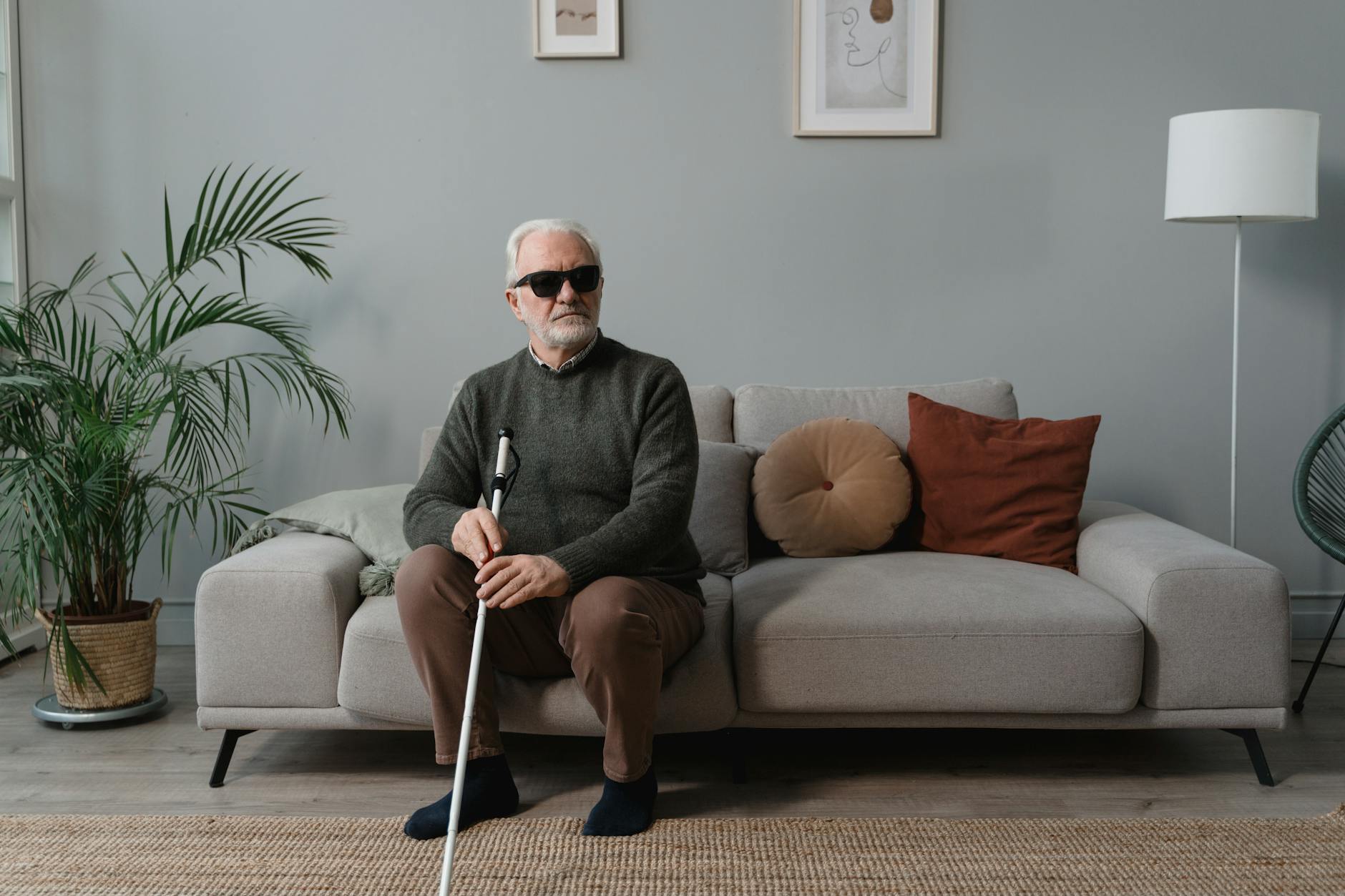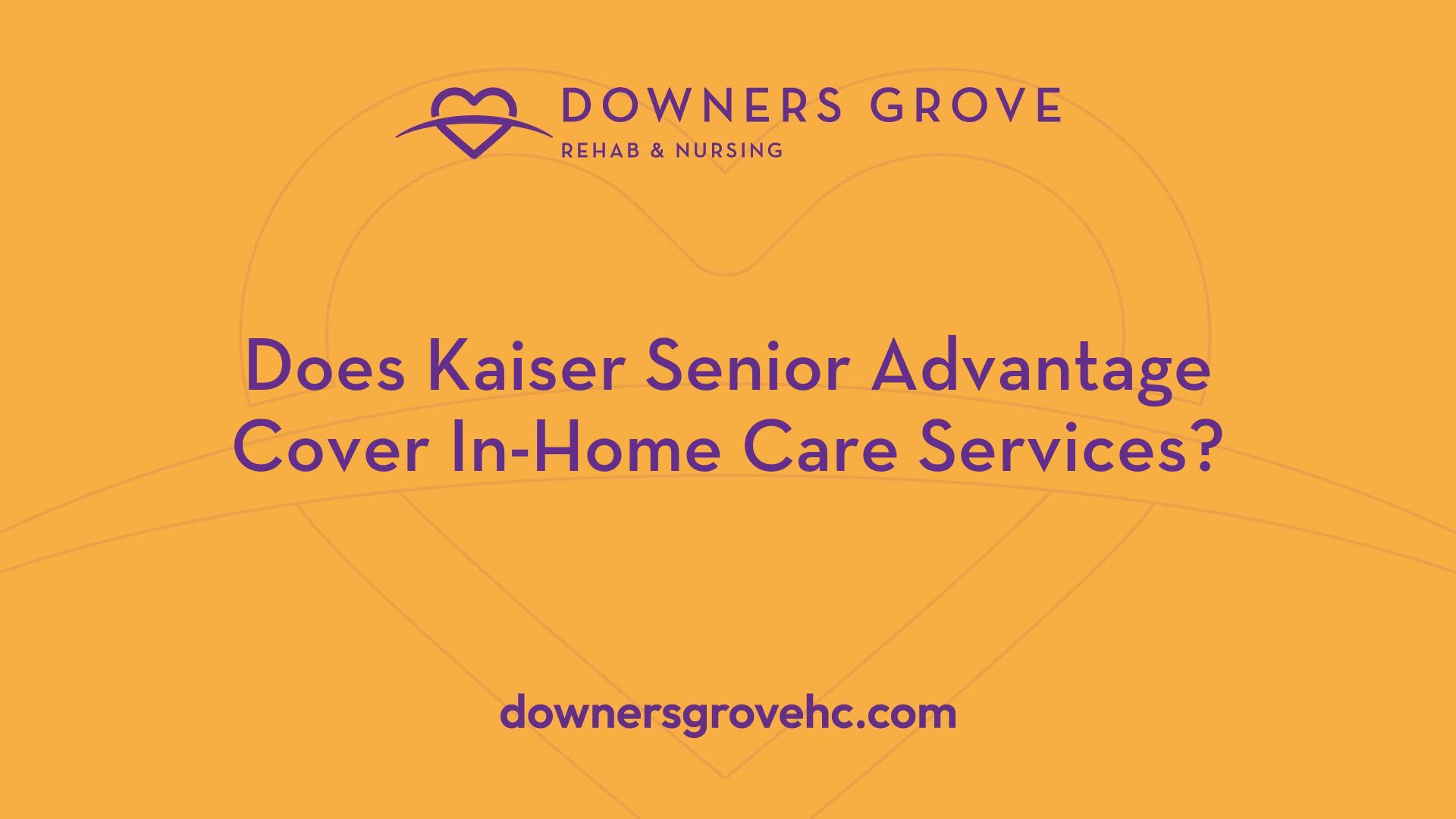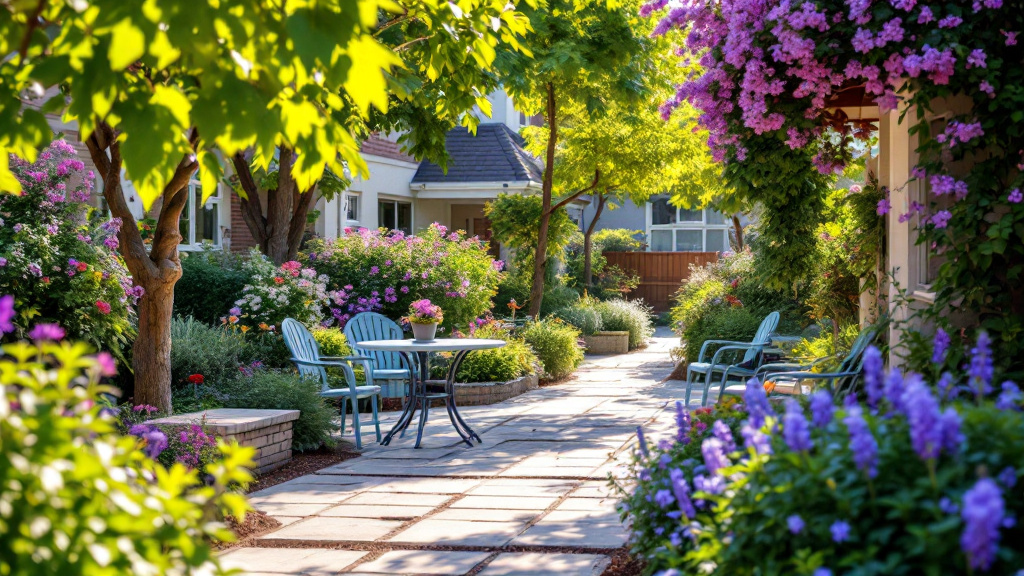
Understanding VA Assisted Living Benefits
For veterans and their families, understanding the various benefits available for assisted living is essential. The U.S. Department of Veterans Affairs (VA) provides several programs designed specifically to assist veterans in accessing the care they need. Two significant programs are the Aid and Attendance Program and the Veteran Directed Care Program.
Aid and Attendance Program
The Aid and Attendance Program offers additional financial support to eligible veterans to help with activities of daily living (ADLs). This program is particularly useful for veterans who require assistance with daily tasks but are not bedridden or suffering from eyesight limitations. For many, these funds can be applied towards the costs of assisted living facilities, making it a valuable resource for those transitioning into senior care settings.
Eligible veterans must meet specific criteria to qualify for the Aid and Attendance benefit. Below is a summary of the key requirements:
RequirementDetailsService RequirementMust have served at least 90 days of active military service, with at least one day during a wartime period.Medical ConditionMust require assistance with daily living activities.Financial CriteriaMust meet income and asset limits set by the VA.Not Bedridden or Visually ImpairedMust not be bedridden or have limitations in eyesight.
For additional information, veterans can visit Senior Services of America.
Veteran Directed Care Program
The Veteran Directed Care Program is designed to provide flexibility and choice for eligible veterans concerning their caregiving arrangements. This program allows veterans to receive extra funds that enable them to select and hire their caregivers. This aspect can be particularly beneficial for those considering assistance within an assisted living setting, as it grants them the autonomy to determine how and by whom care is provided.
Key features of the Veteran Directed Care Program include:
FeatureDescriptionFlexibilityVeterans can choose their caregivers based on personal preferences.ControlOffers veterans greater control over their care plans.SupportProvides additional funding to afford personal care services.
This program enhances the ability of veterans to receive the support they need in ways that best align with their personal preferences and lifestyles. More information can be found at Senior Services of America.
Veterans may also access various long-term care services through the VA, including assisted living, residential live-in care, or home health care, which can be coordinated through various VA-run or community organizations approved by the VA [1].

Veterans Homes and Programs
When considering options for VA assisted living, it is essential to understand the various veterans homes and programs available. Two primary options include the Armed Forces Retirement Home and State Veterans Homes.
Armed Forces Retirement Home
The Armed Forces Retirement Home offers veterans a unique community lifestyle that emphasizes enriching activities along with exposure to history and heritage. Although it provides a more independent living setting, as residents age and their needs evolve, care options become available. This makes it more of a retirement community rather than a traditional assisted living facility. Residents can engage in various activities and benefit from a supportive environment that fosters camaraderie among former service members. For more insights on assisted living experiences, see our article on activity experience.
FeatureDescriptionCommunity LifestyleEngaging activities and events tailored for veteransCare OptionsIncremental care services as residents require assistanceFocusIndependent living with a strong sense of community
State Veterans Homes
State Veterans Homes are facilities operated by individual states that provide a range of care services. These homes typically offer domiciliary care, nursing home care, and adult daytime care. Each State Veterans Home must be inspected and approved by the VA to ensure it meets specific quality standards [2]. The variety of services offered allows veterans to choose the level of care that best fits their needs.
FeatureDescriptionTypes of CareDomiciliary, nursing home, and adult daytime careApprovalMust comply with VA inspections and regulationsAccessibilityServices tailored to the needs of veterans in each state
Understanding the differences between these options helps veterans and their families make informed decisions regarding their senior care needs. Whether seeking independent living or various levels of care, resources such as the Armed Forces Retirement Home and State Veterans Homes provide valuable support for our senior veterans. For more information on residential options, refer to our article on residential assisted living.

VA Long-Term Care Services
The VA offers a range of long-term care services designed to support veterans who require assistance with daily activities. Among these services are Community Living Centers and Community Nursing Homes, both of which provide essential care to veterans in need.
Community Living Centers
Community Living Centers (CLCs) are specialized facilities offering comprehensive care for veterans who require assistance with daily living activities. These centers provide a home-like environment where residents receive nursing care, social services, and various recreational activities.
Key features of Community Living Centers include:
The CLCs aim to create a supportive environment that fosters independence while ensuring that all health care needs are met. They are equipped to accommodate individuals with specific medical needs and offer a range of therapeutic options. For more information on assisted living options, explore our article on residential assisted living.
FeatureDescriptionCare LevelFull-time nursing careDaily AssistanceHelp with daily tasks 24/7ActivitiesRecreational programs available
Community Nursing Homes
Community Nursing Homes (CNHs) serve as another vital option within the VA long-term care spectrum. These facilities provide nursing home care in a community setting, offering medical and supportive services similar to those found in traditional nursing homes but with an emphasis on creating a family-like atmosphere.
Community Nursing Homes include:
These homes ensure that veterans receive the necessary care while maintaining a sense of community and connection. Like the Community Living Centers, Community Nursing Homes are equipped to provide specialized care and support.
FeatureDescriptionCare Level24-hour medical supervisionPersonal CareAssistance with hygiene, mobility, and nutritionCommunity FocusEmphasis on social engagement and community activities
For further information on how veterans can access these services and the eligibility requirements, check out our section on eligibility and application process. Additionally, veterans who may not have the resources to cover long-term care costs can find more information on financial assistance options in our article discussing how can I pay for assisted living with no money.

Eligibility and Application Process
Navigating the eligibility and application process for VA benefits is critical for elderly veterans and their families. Understanding how to apply for VA benefits and what specialized programs are available can help ensure access to necessary assistance.
Applying for VA Benefits
The Department of Veterans Affairs offers tailored information on how to apply for specific benefits or programs for servicemembers, veterans, and their families. Applications can be submitted via various methods, including through the Claims Intake Center in Janesville, WI [3]. Key steps in the application process include:
Specialized Programs for Elderly Veterans
Elderly veterans have access to specialized programs designed to meet their unique needs. These programs include a range of services under VA long-term care, from home-based care options to assisted living facilities.
Program TypeDescriptionAid and Attendance ProgramProvides financial assistance to veterans who require help with daily living activities.Veteran Directed Care ProgramAllows veterans to direct their own care, choosing the services and providers that best meet their needs.Community Living CentersOffers full-time nursing care, medical support, and assistance with daily activities.Community Nursing HomesProvides nursing home care in community settings with access to various healthcare services.State Veterans HomesOffers assisted living, skilled nursing care, and memory care specifically for veterans in state-run facilities.
For more details about long-term care services available through the VA, visit our article on VA long-term care services.
Elderly veterans are also eligible for a wide variety of benefits aimed at addressing the changing health risks and financial challenges they may face. These benefits include disability compensation, pension, health care, and burial services [4]. Understanding these programs can provide essential support for veterans seeking assistance with their senior care needs.

Assisted Living vs Nursing Homes
When considering options for senior care, understanding the difference between assisted living facilities and nursing homes is crucial. Each type of care has its own features, aimed at catering to different levels of need and independence.
Assisted Living Facilities
Assisted living facilities provide a supportive environment for seniors who need assistance with daily activities but want to maintain a degree of independence. These facilities offer various services, including help with activities of daily living (ADLs), medication assistance, and some medical care. They are designed to accommodate individuals with physical or cognitive limitations and provide various social engagement activities such as walking groups, chair yoga, and board games [5].
Assisted living communities are typically geared toward active, social seniors who seek wellness and intellectual stimulation. The focus is on creating a homelike atmosphere while ensuring that residents have access to the necessary support for their unique requirements.
FeatureAssisted LivingIndependenceHigh; residents maintain control of their daily activitiesMedical CareLimited; basic medical assistance availableSocial ActivitiesNumerous; includes engaging community eventsCost (Annual Median)$51,600
Nursing Home Care
Nursing homes, on the other hand, provide high-level custodial and skilled residential care for seniors requiring 24-hour supervision. These facilities cater to individuals with serious medical issues or chronic conditions that demand constant medical attention and assistance with daily tasks. They often have a more institutional feel due to the extensive care provided, including onsite medical staff and services.
Nursing homes are essential for individuals who need higher supervision and assistance due to health challenges. Services may include rehabilitation therapies, assistance with mobility, and medical monitoring.
FeatureNursing HomeIndependenceLimited; structure and supervision requiredMedical CareComprehensive; extensive medical care availableSocial ActivitiesVarious; may depend heavily on resident conditionCost (Annual Median)$93,075 (semi-private room), $105,850 (private room)
An analysis of costs shows that assisted living facilities can cost significantly less than nursing homes. In 2020, the national median cost for a semi-private nursing home room was approximately $255 per day, translating to about $93,075 a year, while assisted living was around $51,600 annually [6].
Understanding these distinctions will help families select the most appropriate living situation for their loved ones based on care requirements and financial considerations. For more information on various senior care options, explore residential assisted living and how can I pay for assisted living with no money.
Financial Assistance Options
Navigating the financial landscape of senior care can be daunting for many veterans and their families. Fortunately, there are several options available to assist with the costs associated with VA assisted living.
VA Disability Compensation
VA Disability Compensation provides tax-free monthly payments to veterans who are sick or disabled due to their military service. This financial aid can significantly contribute to the costs of assisted living, including facility charges, services, and specialized care needs. In fact, many veterans utilize this compensation to help manage their expenses as they transition into assisted living environments [7].
Monthly PaymentEligibility CriteriaVaries based on severity of disabilityMust be a veteran with a service-connected disability
VA Survivor Benefits
Veterans' survivors may also benefit from financial assistance through the Survivors Pension. Similar to the VA Pension program, the Survivors Pension offers a tax-free pension benefit to low-income surviving spouses or dependents. This benefit can be applied towards assisted living expenses, making it an essential resource for families managing care costs for their loved ones [7].
Monthly PaymentEligibility CriteriaVaries based on need and household incomeMust be a low-income surviving spouse or dependent of a veteran
While the VA does not have a specific program to cover assisted living costs directly, many programs like the Aid and Attendance Program and the Veteran Directed Care Program offer additional funds to assist veterans with senior care needs [2]. Exploring these options can provide vital financial support and ease the burden of transitioning into assisted living for veterans and their families. For those seeking alternative ways to manage costs, visit our guide on how can I pay for assisted living with no money.
References
[2]:
[3]:
[4]:
[5]:
[6]:
[7]:





































































































